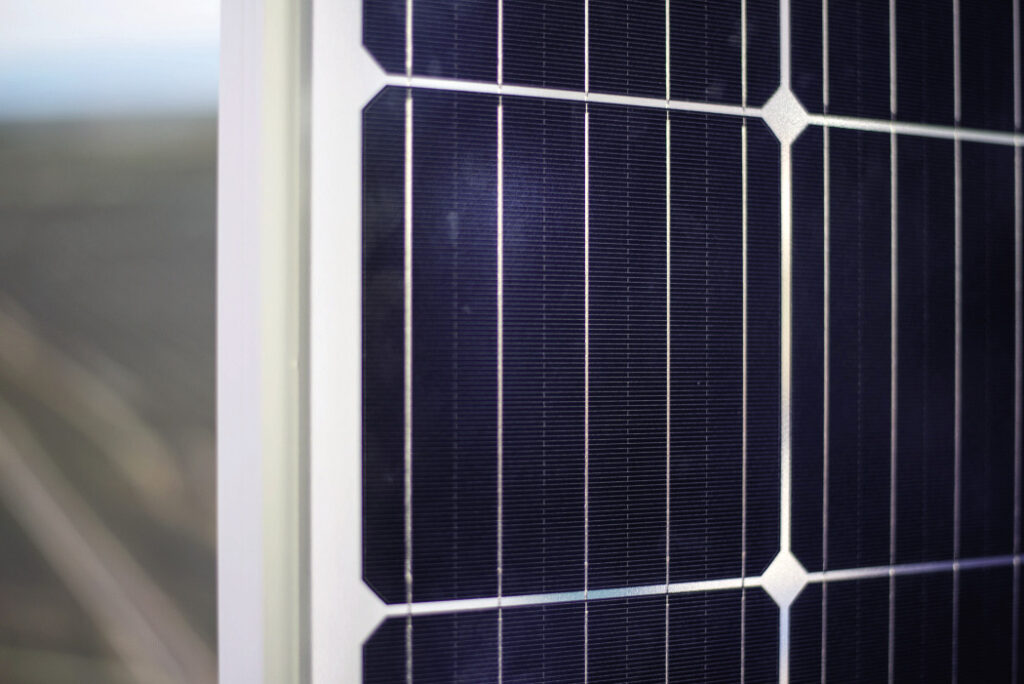New does not always mean better: lake emitter and rear contact solar cells have earned their place through Real-World reliability and cost-effective production.
Tunnel oxide passivated contact (topcon) solar cells nowadays get a lot of attention. With their higher type plate efficiency and strong support from large manufacturers, they are praised by some as the next big leap in solar technology. Many companies are once again factories to produce topcon-based modules, so that the cell type is placed as the future of solar energy.
But when it comes to choosing the right cell technology to produce today – especially in the context of reliability, manufacturing and business risk – cells assembled emitter and back contact (PERC) remain a compelling, often the preferred option. They make their decade -long track record, proven reliability and production branch particularly attractive in today’s fast -moving and uncertain market.
Proven reliability in the field
PERC-based modules have been deployed on a scale since 2012, which means that we have more than a decade of performance data in real-world circumstances. These modules have consistently demonstrated linear and predictable demolition speeds – usually around 0.4% per year. Although Topcon is promising, it remains relatively unproven for a lifetime of 25 to 30 years in the field. Long-term value has already been delivered and perc has already delivered.
Factors such as penetrating moisture, UV breakdown and heat stress can significantly influence the performance of the module. Modules that use PEC cells have passed these challenges with documented success, which means that developers, EPCs, assets owners and financiers have confidence in their long-term sustainability. Topcon, although possibly more efficient at cell level, has not yet shown the same level of field tested reliability when it is integrated into full modules.
Production that meets the moment
From the point of view of production, perc cells offer various benefits, especially for companies that want to launch production quickly and cost-effectively.
Compared to Topcon, Perc -production is easier, requires less specialized training and offers higher initial yields. This lowers the accession threshold and speeds up the path to profitability. The Supply Chain for Perc is also more mature and often easier to locate, which reduces dependence on global components and limit risks related to rates or trade restrictions.
This simplicity and scalability are the reason why many American manufacturers – especially those focused on domestic substantive incentives – can invest in and expand the perc production. It is a reliable, well -understood technology that matches the current demand for speed, quality and cost control.
A clearer path on intellectual property
Another important consideration is intellectual property. Topcon Technology is currently the subject of various high -profile patent disputes, which causes both manufacturers and developers uncertainty. A project or facility that relies on disputed technology can experience expensive legal consequences on the road.
The IP landscape around Perc, on the other hand, is well established. This clarity reduces the legal and financial risk for manufacturers and project developers, making Perc a more bankable and reliable choice for the current market.
The Bottom Line
It cannot be denied that the innovation stimulates the rise of topcon sun cells new but not always better, especially when it comes to long-term performance, the convenience of production and market risks. Perc has earned its place through Real-World reliability and cost-effective production.
For manufacturers who weigh their next step, Perc remains a smart, strategic investment. It is now ready, proven in the field and tailored to the needs of the current solar market. While the industry continues to explore and refine emerging technologies, perc’s stability and success offer a powerful basis for sustainable growth.
Sekhar Tatineni is Vice -President Technology, Es FoundryA manufacturer of solar cells located in South Carolina.
The views and opinions expressed in this article are the author, and do not necessarily reflect it by PV -Magazine.
The views and opinions expressed in this article are the author, and do not necessarily reflect it by PV -Magazine.
This content is protected by copyright and may not be reused. If you want to work with us and reuse part of our content, please contact: editors@pv-magazine.com.
Popular content


